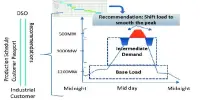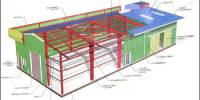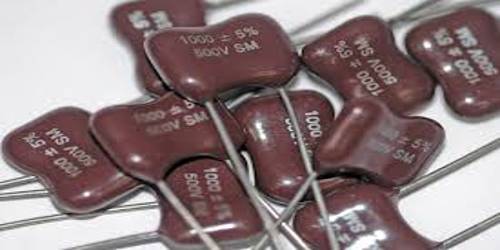A flyback transformer is a type of transformer that generates high voltage in electrical circuits, usually in the form of short pulses. A line output transformer (LOPT) is a unique type of electrical transformer. It was initially intended to produce high-voltage sawtooth signals with a reasonably high frequency. In modern applications, it is widely utilized in switched-mode power supply for both low (3 V) and high voltage (over 10 kV) supplies.
Basic Operation
The basic operation of a flyback transformer is to store energy in its primary winding while a transistor is conducting, then terminate the current flow and enable the magnetic field to collapse quickly. This collapse generates a high voltage in the secondary winding, which is rectified and filtered to provide the necessary output voltage.
Flyback transformers are compact and efficient, making them ideal for a variety of applications requiring high voltage generation or voltage conversion. To obtain maximum performance, their design and operation must take into account elements such as transformer turns ratio, core material, winding capacitance, and switching frequency.
Flyback transformers are commonly found in applications such as:
- CRT (Cathode Ray Tube) displays: In CRT televisions and monitors, flyback transformers are used to generate the high voltage required to accelerate electrons towards the screen, creating the images we see.
- Switch-mode power supplies: Flyback transformers are also used in switch-mode power supplies to provide galvanic isolation and step-up or step-down voltage conversion.
- Ignition systems: In some older automotive ignition systems, flyback transformers were used to generate the high voltage required to create a spark at the spark plugs.
- Inverter circuits: Flyback transformers are used in some types of inverters to convert DC power to AC power.
















